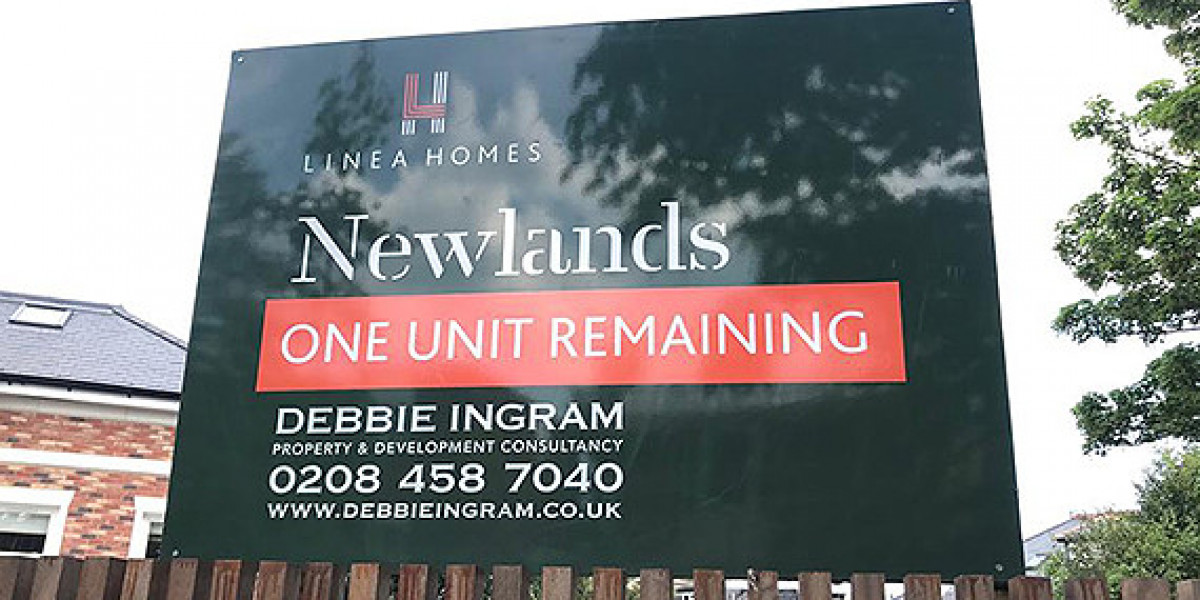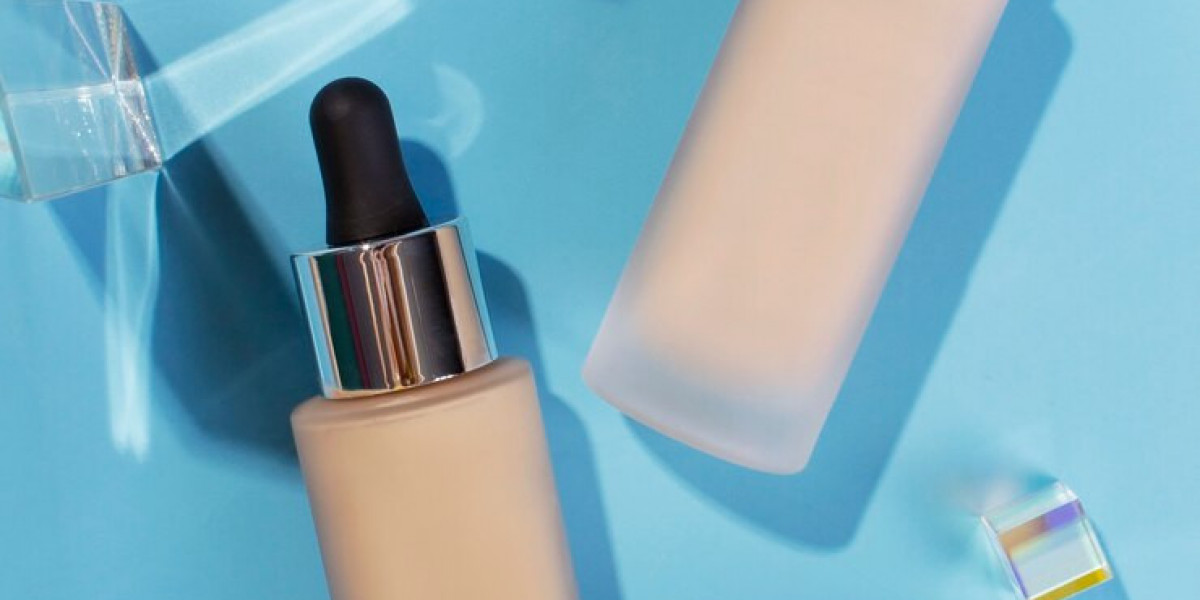In today’s evolving urban environments, the pressure to create structures that are not only functional but also environmentally considerate is increasing. As cities expand and green space shrinks, there is a rising trend in merging nature with modern construction techniques. Among these innovations, the integration of architectural materials with vertical vegetation such as green walls and living hoardings is leading the charge in sustainable design.
One such combination gaining popularity is the use of ACP with these green elements. In this blog, we’ll explore how ACP panels, green walls, and living hoardings can be creatively and effectively integrated to produce inspiring, functional urban spaces.
Understanding the Core Elements
What is an ACP Panel?
An aluminium composite panel is a lightweight yet durable cladding material commonly used in architectural design. It features two aluminium layers fused to a non-aluminium core, providing outstanding strength and resistance to weather conditions. These panels are known for their sleek finish, versatility, and ease of installation, making them a favourite for building facades, signage, and hoardings.
What Are Green Walls and Living Hoardings?
- Green walls (also known as living walls or vertical gardens) are surfaces covered with vegetation, often supported by a structural frame. They are used on the exterior or interior of buildings and serve as both aesthetic enhancements and environmental assets.
- Living hoardings are temporary or semi-permanent structures, typically used during construction, that incorporate live plants into their design. These installations elevate the purpose of traditional hoardings, turning passive barriers into active green features.
Benefits of Integration
The fusion of aluminium composite panels with green installations offers a host of practical and visual benefits:
1. Enhanced Aesthetics
Merging the smooth, metallic surface of an aluminium composite panel with vibrant greenery results in a striking and eye-catching contrast. The juxtaposition of modern engineering and natural growth makes buildings and hoardings more inviting, memorable, and photogenic, ideal for locations requiring strong public engagement.
2. Improved Sustainability
This integration goes beyond looks. Green walls reduce the urban heat island effect, improve air quality, and contribute to local biodiversity. Paired with ACP panels, which are recyclable and durable, the overall structure becomes a sustainable asset.
3. Functional Synergy
ACP panels act as a strong, low-maintenance base that can support the framework for green walls. Whether fixed permanently or temporarily (as with hoardings), they provide a reliable surface for attaching irrigation systems and plant carriers. The result is a long-lasting, weather-resistant solution with minimal upkeep.
Comparative Benefits
Feature | ACP Panels | Green Walls | Integrated System |
Durability | High | Moderate | High (reinforced with ACP support) |
Visual Appeal | Sleek and modern | Natural and vibrant | Unique contrast with strong identity |
Environmental Impact | Recyclable | High (improves air quality) | Sustainable and eco-conscious design |
Maintenance | Low | Moderate | Balanced with proper irrigation planning |
Design and Installation Considerations
To successfully integrate aluminium composite panels with green walls or living hoardings, a number of design and technical factors need to be taken into account:
1. Structural Compatibility
ACP panels offer a smooth, supportive surface ideal for mounting the substructure of green walls. Designers must ensure that proper ventilation, drainage, and weight-bearing considerations are addressed. This is particularly important for installations involving tall or expansive plant coverage.
2. Irrigation and Drainage
A major component of a green wall is its ability to remain hydrated. Systems need to include built-in irrigation, often drip systems, as well as drainage channels to avoid waterlogging and plant decay. ACP’s moisture resistance makes it an ideal backdrop for such systems.
3. Plant Selection
Choosing the right plant species can make or break an installation. Considerations include:
- Light exposure: Shade-loving vs. sun-seeking plants
- Growth rate: Slow growers reduce maintenance
- Resilience: Plants should tolerate local climate fluctuations
4. Maintenance Planning
Regular trimming, system inspections, and cleaning are required to maintain a healthy appearance and ensure longevity. Using automation for irrigation and integrating sensors can drastically reduce labour while maintaining lush greenery.
Use Cases and Practical Examples
Integrating ACP panels with green elements is applicable in multiple urban contexts:
1. Commercial Facades
Modern office buildings and shopping complexes are embracing green facades to showcase environmental responsibility and boost customer engagement. The clean lines of an aluminium composite panel act as the perfect frame for verdant installations.
2. Construction Site Hoardings
Instead of dull wooden or metal barriers, living hoardings bring colour and life to construction zones. ACP panels can be customised with dibond printing for branding or community messages while also supporting vertical planting. This combination turns a necessary structure into a powerful marketing tool.
3. Educational and Healthcare Institutions
Schools and hospitals increasingly adopt green walls for their calming effect and educational value. Integrating ACP panels with printed graphics (such as educational diagrams or health messages through dibond printing) alongside plant life enriches both the visual and cognitive environment.
Bullet Point Recap – Ideal Scenarios:
- Eco-conscious commercial properties
- High-traffic public spaces
- Brand-driven construction hoardings
- Health and wellness-driven institutions
Challenges and Solutions
While integrating ACP panels with green walls and living hoardings offers substantial rewards, it’s not without challenges.
Common Challenges:
- High upfront costs for installation
- Need for consistent maintenance
- Exposure to harsh weather conditions
Smart Solutions:
- Use modular systems that combine ACP and vegetation in prefabricated units
- Choose low-maintenance plant species and automated watering solutions
- Apply dibond printing to panels for added branding without compromising durability
- Incorporate weather-resistant design techniques (overhangs, UV-resistant coatings)
Conclusion
The combination of ACP with green walls and living hoardings represents a new frontier in sustainable urban design. This integration not only transforms blank facades and construction sites into green, vibrant areas but also contributes positively to the environment, brand identity, and public well-being.As cities strive to balance growth with green initiatives, creative solutions like these play a vital role. Whether used temporarily in site hoardings or permanently on building exteriors, the synergy between technology and nature is unmistakable, and essential.
Hoarding Print Company proudly supports such initiatives, offering innovative materials and solutions that help bring green visions to life across the built environment.











